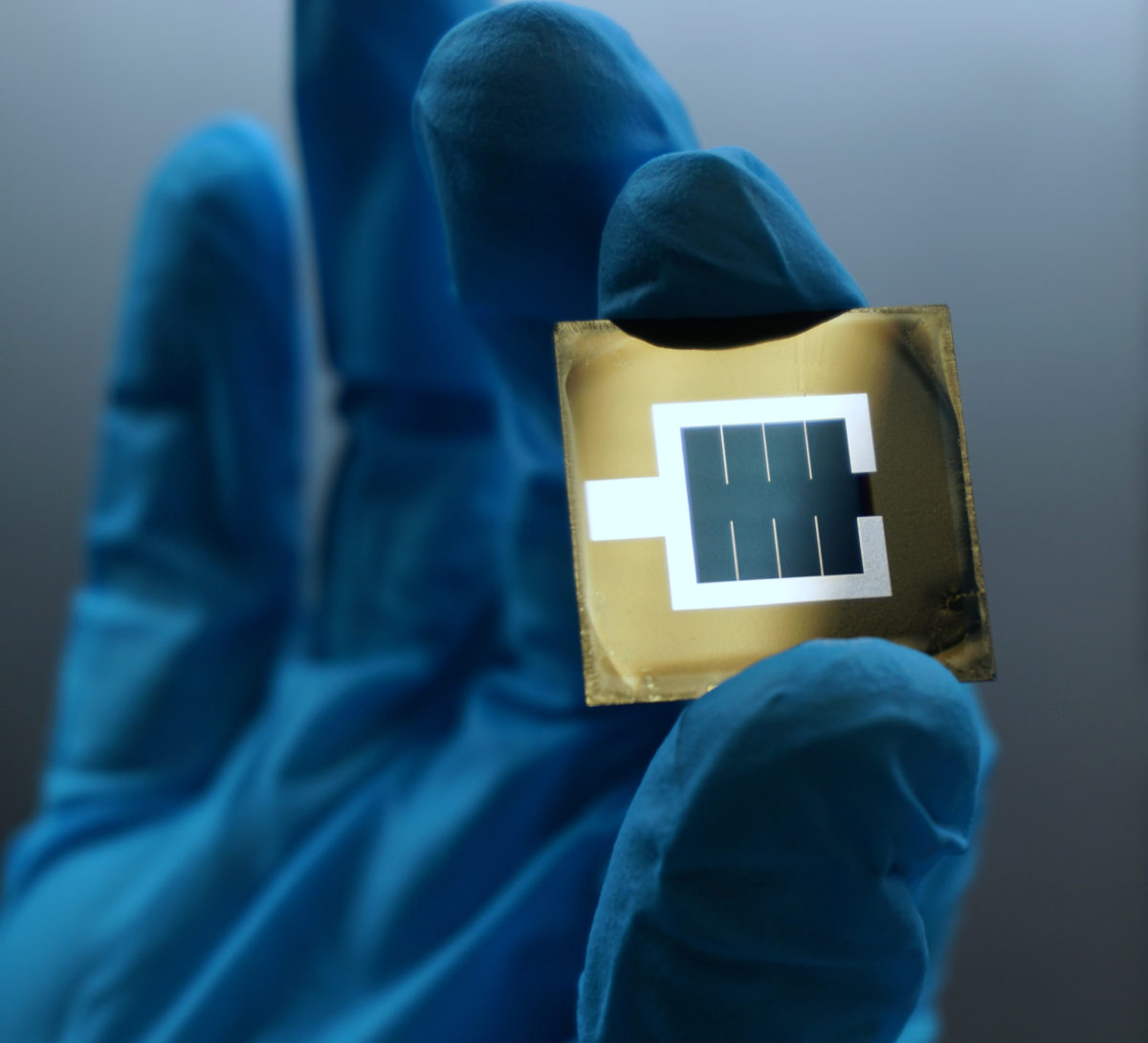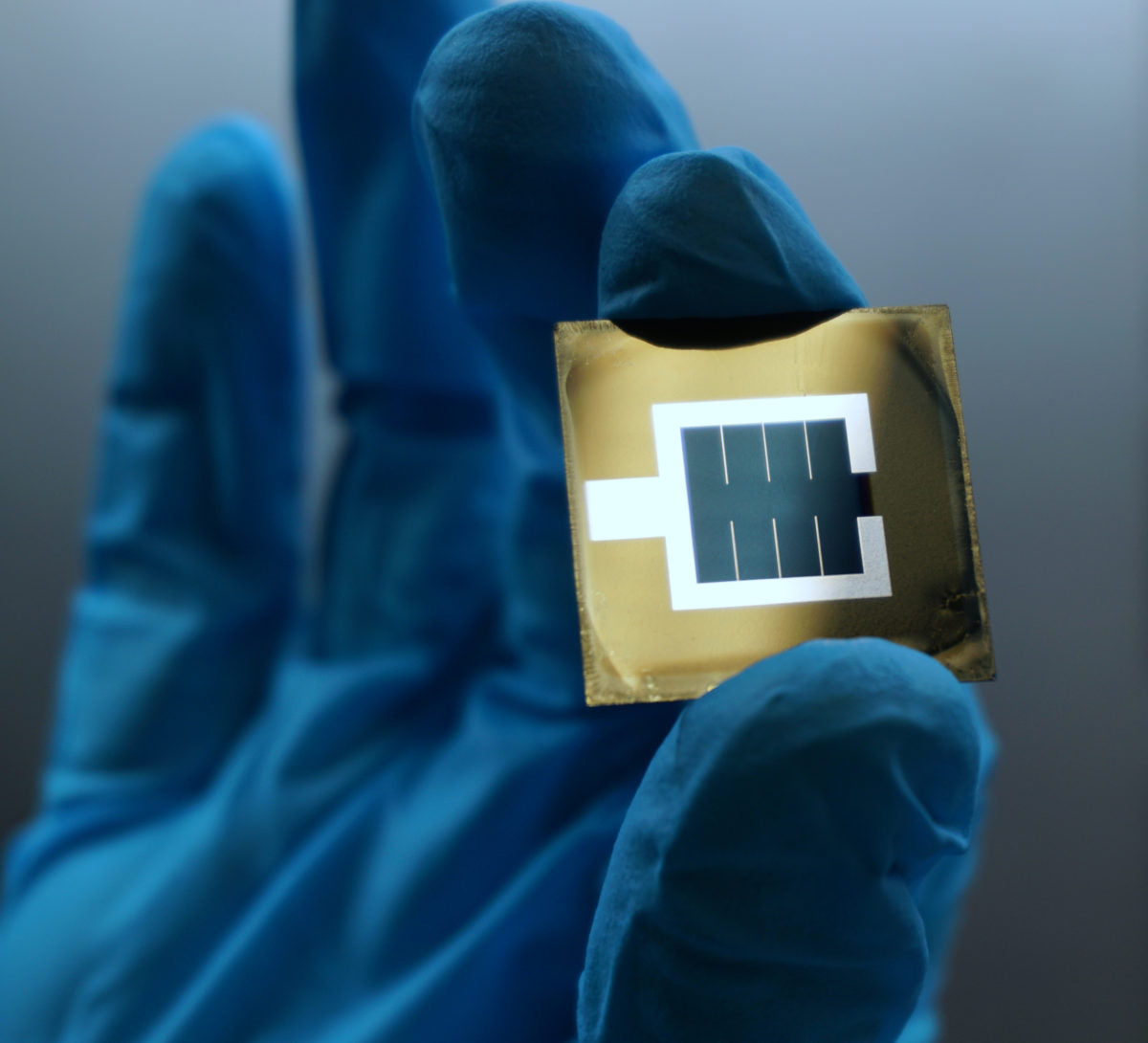https://www.pv-magazine.com/2023/01/13/pathways-for-perovskite-pv/
Pathways for perovskite PV

New research outlines barriers to the commercial adoption of perovskite-silicon tandem PV cells.
Image: Johannes Beckedahl/Lea Zimmerman/HZB
The rapid progress made with perovskite solar cells – from the first working devices to efficiencies rivaling commercial silicon PV in little more than a decade – has been well documented, and the solar industry widely expects this technology to play a major role in its future.
The question is when. For all the talk of simple, low-cost manufacturing processes, we are yet to see perovskite solar devices produced at anything like the scale where they could claim meaningful market share. Scientists led by Australia’s University of Queensland examined the technological barriers that are still in the way of perovskite PV production, breaking it down into the needs of specific applications.
In its paper “Next-generation applications for integrated perovskite solar cells,” published in Communications Materials, the group outlines several challenges for the production of perovskite materials, including long-term stability and the use of lead. While arguments have been made that the amount of lead used in perovskites is unlikely to have major health or environmental impacts, the group here notes that the ability to tune the bandgap and control the parts of the light spectrum a cell absorbs is an important property for the development of commercial, and one that typically requires a least partial replacement of lead with tin.
“Sn-based perovskites also exhibit lower carrier lifetime, diffusion length and poorer stability,” the group explains. “Therefore, alternative strategies to design low-bandgap perovskites should be explored including the replacement of Sn with other stable metals and surface passivation techniques.”
For perovskite tandem cells in particular, new electrode materials with higher conductivity need to be developed, and here the group recommends increased efforts in investigation of carbon materials to fulfil this role.
Popular content
Integrated approaches
The paper also outlines opportunities that perovskites could open up in terms of integration with other applications – from more conventional ideas such as building-integrated PV, to outlandish and less explored ideas like solar modules with integrated storage, devices to power space exploration and very high efficiency devices with three or more cells stacked on top of each other.
In the building-integrated space, perovskite devices bring the potential for much lower weight and more flexibility in terms of shape, along with semitransparency and other desirable properties. But these need to developed while also overcoming the challenges the technology faces in every case.
“There is no doubt that PSCs have appealing characteristics for the development of BIPVs,” said the group. “However, the key challenge lies in realizing all of the following features in a single system: high PCE, excellent device stability and rapid response characteristics.”
This content is protected by copyright and may not be reused. If you want to cooperate with us and would like to reuse some of our content, please contact: editors@pv-magazine.com.




